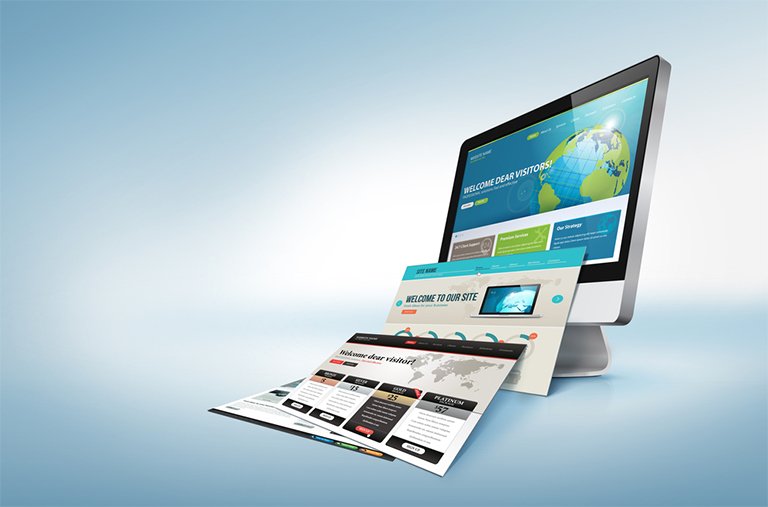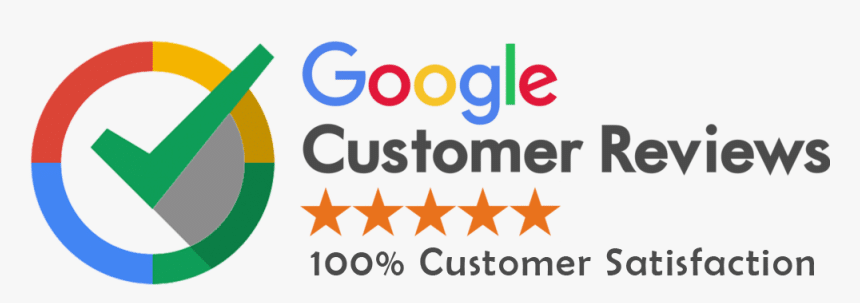What Are Infographics?
Infographics are visual representations of information. They combine text, images, icons, graphs, and charts to present data or processes in a way that’s easier to understand. Web designers in Dubai often use them to support storytelling on websites, explain services, highlight achievements, or guide users through steps.
Why Web Designers in Dubai Prefer Infographics
- They simplify complex ideas – Businesses often deal with data-heavy content. Infographics help break this information into clear, attractive pieces.
- They attract and hold attention – A colorful, well-structured infographic is more likely to grab attention than a plain block of text.
- They increase sharing – Infographics are shareable across social media, improving the reach of content.
- They support multilingual communication – Dubai’s diverse population makes visual content more useful in bridging language gaps.
- They contribute to branding – Infographics can carry brand colors, logos, and fonts, strengthening identity.
Popular Infographic Tools Used by Dubai Designers
Piktochart
Piktochart is widely used in Dubai for its easy interface. It allows designers to change color schemes, insert icons, and resize visuals accurately. The grid layout helps maintain alignment and clarity.
Infogram
Infogram is perfect for presenting statistical data. It allows designers to create graphs, charts, and maps quickly. Real-time editing makes it useful when data updates are frequent.
Canva
Canva is popular for its drag-and-drop functionality. It includes templates for business infographics, resumes, posters, and more. Web designers in Dubai often use Canva for both quick drafts and final visuals.
Venngage
Venngage allows Dubai-based designers to pick from hundreds of infographic templates. It’s especially helpful for startup websites where unique brand themes need to be incorporated easily.
Adobe Express
This tool is used by professional Graphic designers who want precise control over design elements. It is ideal for animated infographics or graphics with complex layering.
Real Examples from Dubai-Based Websites
Infographics are common in Dubai’s real estate, healthcare, tourism, and eCommerce websites. For instance:
- A real estate company might show a comparison of property sizes and prices across areas.
- A tourism website may present seasonal visitor statistics or top destinations in a visual timeline.
- An eCommerce platform might show shipping steps, payment methods, or customer journey visually.
When Web Designers Use Infographics
- Home Pages: To introduce key features or services.
- Landing Pages: To present processes such as sign-up steps or how a product works.
- Blog Posts: To support written content with visuals.
- Service Pages: To differentiate offerings.
- About Us Pages: To show company timelines, milestones, or team structure.
Mobile Optimization for Infographics
Many users in Dubai browse on mobile devices. Designers focus on:
- Vertical layout over horizontal – This ensures proper readability.
- Minimal text – Reduces clutter on small screens.
- Proper spacing – Helps in touch navigation.
- Lightweight graphics – For faster loading speed.
How Infographics Help With SEO
Infographics also support search engine visibility:
- Increase page engagement – Users stay longer on visually rich pages.
- Earn backlinks – Other websites link back to informative infographics.
- Encourage shares – Infographics are popular on Pinterest, LinkedIn, and Instagram.
- Improve image search traffic – Optimized file names and alt text increase visibility.
Infographics and Branding
Infographics provide a visual signature to a business. Web designers in Dubai make sure each infographic follows the brand tone by using:
- Company logos
- Brand colors
- Selected fonts
- Consistent icon styles
This helps build a uniform visual identity across the website and marketing material.
Designing Infographics with Cultural Sensitivity
Dubai is a culturally rich city. Designers avoid using colors or symbols that might not align with local values.
They may also:
- Create bilingual infographics (English + Arabic)
- Avoid hand gestures, clothing, or shapes that could be misunderstood
- Use fonts that support both left-to-right and right-to-left scripts
Interactive and Animated Infographics
Modern web designers now use motion in infographics:
- Hover effects – To highlight sections
- Click-to-expand – For deeper data
- Auto-animated steps – For explaining a process
These small touches make the website feel more engaging.
Using Infographics to Build User Trust
Infographics are also used to show statistics and proof of credibility:
- Testimonials in a graphic format
- Security or certification badges explained visually
- Product success rates or performance metrics
This builds a sense of trust quickly.
How to Make Your Infographic Effective
- Focus on one topic per infographic
- Keep it short and to the point
- Use uniform colors and icons
- Highlight numbers and facts
- Always include your logo or website URL
Common Mistakes to Avoid
- Overloading with text
- Using low-quality images
- Poor alignment or inconsistent icons
- No mobile consideration
- Forgetting to compress image size
Infographic Workflow Followed by Dubai Designers
- Research: Understand what data needs to be visualized.
- Sketch: Plan the layout before using software.
- Design: Use tools like Canva or Piktochart.
- Review: Check for accuracy, branding, and readability.
- Optimize: Compress and add SEO elements.
- Publish: Embed on the website, social media, or email.
Call to Action
If you’re planning a new website or want to enhance your current one, consider hiring a designer who knows how to use infographics effectively. Infographics are more than visuals — they are a tool to increase user engagement, clarity, and conversions. Dubai’s expert web designers can help you unlock this power.






